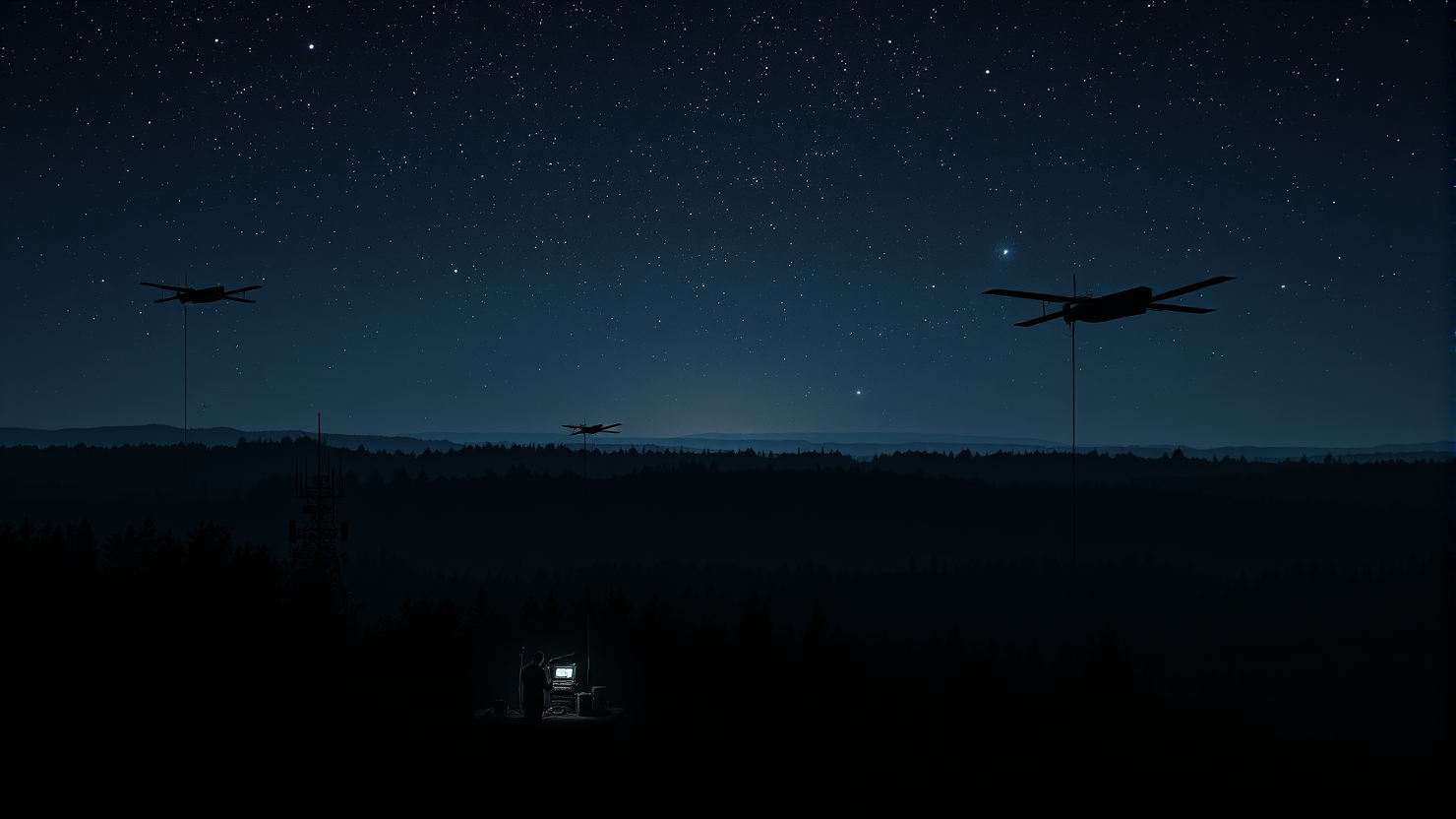Spectrum Showdown: Ham Radio Enthusiasts Butt Heads with AST SpaceMobile in Starlink Alternative Dispute

The emerging satellite communications venture, AST SpaceMobile, is encountering resistance from an unexpected source: the amateur radio operator community, more commonly known as “ham” radio operators.
The community has mobilized against AST SpaceMobile’s petition to utilize the 430-440MHz frequency band, which encompasses spectrum currently assigned for ham radio operations, including emergency communications.
Mario Lorenz, a German amateur radio operator, has appealed to the United States Federal Communication Commission (FCC) to reject AST’s application to utilize the spectrum outside the U.S. “AST seeks unrestricted access to a substantial portion of this spectrum globally, which could potentially result in significant international interference,” Lorenz stated.
Based in Texas, AST aims to employ the spectrum overseas for tracking and controlling its proposed fleet of 248 satellites, which are intended to deliver internet connectivity to everyday smartphones in cellular dead zones worldwide. However, Lorenz contends that AST’s application is lacking in specifics regarding how it will manage the spectrum and prevent interference with ham radio operators.
In a potential worst-case scenario, Lorenz described the proposal as “an unprecedented grab of spectrum, and in violation of applicable Radio Regulations.” He further explained that, unlike amateur radio stations within the U.S., which have a larger 70cm allocation (420 MHz to 450 MHz) and other bands (220 MHz) not available to European amateur radio stations, amateur radio activity in Europe is more concentrated. He added that the 70cm band is heavily utilized and represents one of the few bands accessible to Novice class operators in Germany.
Subsequently, other ham radio users have galvanized the community and submitted complaints to the FCC, voicing concerns about potential interference. “Amateur radio has a proven track record of saving lives during wildfires, hurricanes, earthquakes, and other disasters,” said another user. “It is widely used for public-service events, community coordination, search-and-rescue, and auxiliary communications for local agencies when all else fails.”
These complaints coincide with the FCC’s review process regarding AST’s proposal to power a commercial satellite-to-phone service through its emerging satellite constellation. At present, AST has five BlueBird satellites in orbit, but plans to launch numerous larger second-generation satellites in the near and distant future to compete with SpaceX’s cellular Starlink service.
AST did not respond promptly to a request for comment on this matter. However, the ongoing dispute underscores how next-generation satellite constellations can encounter opposition from existing services due to their usage of radio spectrum already in operation. For instance, SpaceX has been engaged in a regulatory struggle to utilize the radio spectrum currently utilized by Globalstar and EchoStar to strengthen its cellular Starlink service for T-Mobile.
AST’s application to the FCC indicates plans to use different radio frequencies to track and control the satellites within the U.S. The company also notes that the FCC cleared it to use the 430-440MHz radio bands for its first five BlueBird satellites.
However, in his letter to the FCC, Lorenz argued, “Given a planned total of 248 satellites in orbit, there would likely always be one or more satellites within range, increasing the potential for interference.” He further emphasized, “At the very least, the FCC should require from AST a clear demonstration and commitment to protect the Amateur Radio and Amateur Radio Satellite services.”






